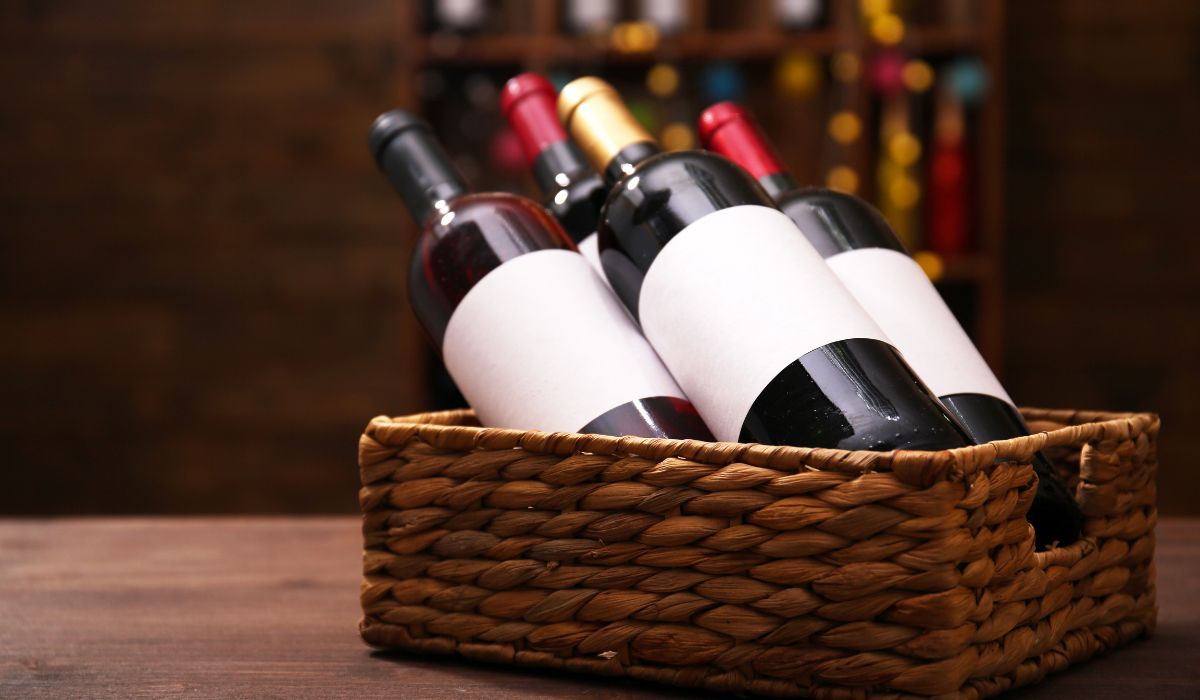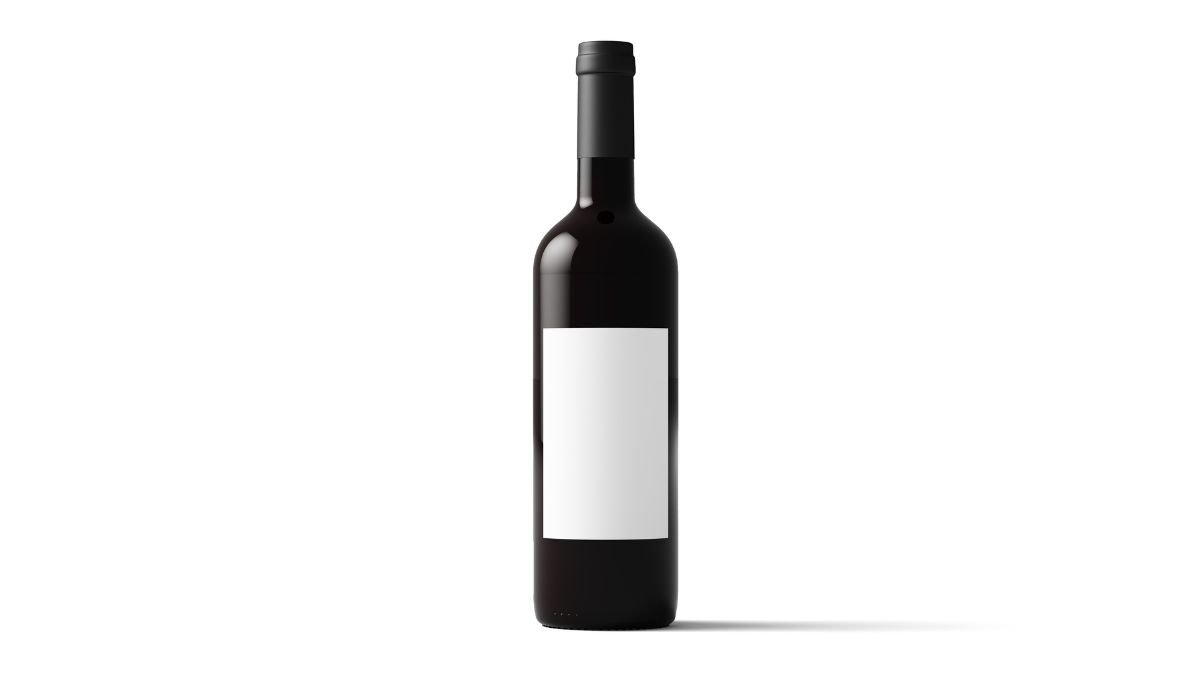The California Redemption Value (CRV) program stands as a foundation of environmental stewardship and recycling initiatives within the state of California. Instituted under the California Beverage Container Recycling and Litter Reduction Act, this pioneering program requires consumers to pay a nominal deposit on certain beverage containers, which is then refunded upon returning the empty containers for recycling. Since its inception, the CRV program has been an essential part of California’s efforts to promote recycling and reduce litter.
As part of the California Beverage Container Recycling and Litter Reduction Act, commonly known as the California Bottle Bill, CRV labels have been legally required to ensure that beverage containers subject to CRV are properly identified for consumers. The labeling requirements were put in place to ensure that consumers are aware of the CRV and to help facilitate the recycling process.
What is changing?
Historically, wine containers were exempt from CalRecycle’s CRV labeling requirements. This changed just recently when Senate Bill 1013 and further clarifying Senate Bill 353 were approved and added wine and distilled spirits into the California Beverage Container Recycling Program.
When is it changing?
For wineries, the label requirements are optional between January 1, 2024, and July 1, 2025. From July 1, 2025, and after, they are mandatory for all containers including glass bottles, cans, pouches, and bags-in-boxes. Wine containers bottled and labeled by January 1, 2024, are permanently exempt from CRV labeling requirements.

What is required?
- CRV Message: All beverage containers subject to CRV must have a clear, visible, prominently marked, and permanently affixed CRV message on the label. CalRecycle approved CRV message options are:
- California Redemption Value
- CA Redemption Value
- California Cash Refund
- CA Cash Refund
- CA CRV
- CRV Amount: The CRV message must also specify the amount of CRV that applies to the container. This indicates the amount of CRV that will be refunded to the consumer upon returning the container for recycling. The CRV rates are set by the state and vary depending on the type and size of the container:
- Bottles or cans smaller than 750mL (less than 24 fluid ounces) – $0.05/container
- Bottles 750mL or larger (24 fluid ounces or more) – $0.10/container
- Boxes, bladders, pouches, or similar containers (regardless of size) – $0.25/container
- Location & Sizing: Depending on the type of container and size, the location and sizing requirements of the CRV messages vary. The following specifications ensure that the CRV message is clearly visible and easily readable assisting consumer awareness and compliance with recycling requirements.
- Aluminum & Bimetal Cans: Metal containers should be marked on the top end of the container with lettering size at least 3/16 inch in height. Metal containers with a top lid of two inches or less in diameter require lettering size of at least 1/8 inch in height.
- Aluminum & Bimetal Bottles: Metal bottles should be marked on the side of the bottle with lettering size at least 3/16 inch in height.
- Glass or Plastic Containers: Approved options are as follows:
- Option 1: Along the bottom edge of the container body label in lettering size at least 3/16 inch in height.
- Option 2: On or in a secondary label with lettering size at least 3/16 inch in height.
- Option 3: On a container body label or secondary label with contrasting colors with legible lettering size at least 1/8 inch in height.
- QR Codes: Regulations for QR codes are scheduled to be finalized in 2024, but Senate Bill 1013 does allow for QR codes to be used as the CRV message. The QR code is required to be clearly, prominently, and indelibly marked and when clicked on takes the consumer immediately to one of the 5 previously mentioned approved CRV messages. It is expected that QR codes will be required to have a chasing arrows triangular symbol in the indica or must have “CA CRV” on the label adjacent to the QR code.
- CalRecycle Review: To ensure compliance, you can submit your beverage container labels for review by CalRecycle via email.
- Email Submission: JPG or PDF digital images of your labels can be sent to: Reg.CRVLabeling@Calrecycle.ca.gov
- Submission Contents: Include the following information in your email:
- Name
- Address
- Telephone number
- Participant identification number (if applicable)
- Image Requirements:
- Submit die line artwork and/or proof sheets in 300 ppi resolution, specifying exact height and width dimensions for the best results.
- For non-die line images, ensure to provide the exact height and width dimension of the label.
- For plastic containers, include a picture of the resin code triangle located on the bottom of the container.
- For aluminum or bi-metal cans, include an additional picture of the can lid and its diameter.
- Review Process:
- Upon completion of CalRecycle’s review, you will receive a letter indicating whether your container labels have been approved or not approved for use in California.
- Submission Contents: Include the following information in your email:
- Email Submission: JPG or PDF digital images of your labels can be sent to: Reg.CRVLabeling@Calrecycle.ca.gov
Why it is important?
The CRV program is part of California’s efforts to promote recycling and reduce litter by incentivizing consumers to return beverage containers for recycling. Overall, CRV labeling requirements play a vital role in the effectiveness of California’s beverage container recycling program by providing clear information to consumers and ensuring that containers are properly recognized for redemption. It’s crucial for producers and manufacturers to be aware of these changes and implement the necessary adjustments to their labeling processes to remain compliant with the California Bottle Bill. The enforcement of CRV labeling requirements is overseen by CalRecycle, which may conduct inspections and audits to verify compliance. Failure to adhere to these requirements may result in penalties or other further legal consequences. Compliance with these requirements is essential for wineries to not only avoid legal issues but contribute to the success of recycling efforts in the state.
Stay Informed and Up to Date
Senate Bills 1013 and 353 have introduced changes to the CRV labeling requirements for wine and distilled spirits, as well as large fruit and vegetable juice products, in California. Wineries are advised to review their future label and container designs, make necessary adjustments to labeling for products to be bottled in the second half of 2025 or later to ensure full compliance with the new regulations to avoid potential legal ramifications. Stay informed about any updates or amendments to the law to maintain adherence to current standards.



